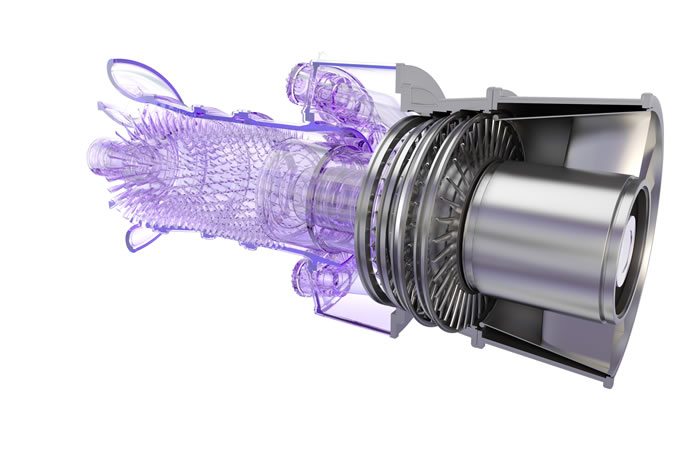In many African nations, wide spread shortages of electricity are a challenge for society, industry, and the economies. This situation is driving a substantial growth in energy demand and motivating governments to react faster and find new solutions for building power plants.
Gas turbines, as a proven, reliable and dispatch able power generation technology will clearly be a significant component of the future installed capacity. The projected continuous growth in Africa and the changing landscape to privatization will require gas turbines that deliver customer predictable and dependable value, operational and fuel flexibility, as well as high reliability and availability.
GE’s 9E gas turbine is the largest installed base generating power in Africa (source McCoy Power Report), with more than 100 units in service.
The 9E gas turbine has successfully met various power needs of the continent for more than 30 years.
The latest innovation with the 9E gas turbine new unit platform, the 9E.04 features a new 4-stage turbine module for enhanced performance. This solution increases output – delivering incremental revenue generation; higher efficiency – equating to millions of dollars in customer fuel savings; and a reduction in operating costs driven by extended planned maintenance intervals.
This technology is also available as a new upgrade solution called 9EMax that delivers game-changing performance – up to 37% efficiency and up to 143 MWs of output (SC), and up to 53.5% efficiency and 210 MW output (CC).Moreover, while breaking these new barriers, 9E Max upholds the 9E gas turbine’s proven reliability, enabling up to 32,000 hour/900 start maintenance intervals.
The solution can play a significant role in providing additional power Africa while giving power producers the ability to lower their operational costs in an environment of higher fuel prices. It also can be blended with GE’s OpFlex* advanced controls software to more efficiently deliver additional power to sub-Saharan countries that experience long periods of hot climate conditions.
This technology can help power producers save as much as $5 million in fuel annually, while opening up the potential for additional revenue of up to $6 million annually in new power.
Contacts;
Laura Aresi
Global PR Leader
Power Generation Services
GE Power & Water

